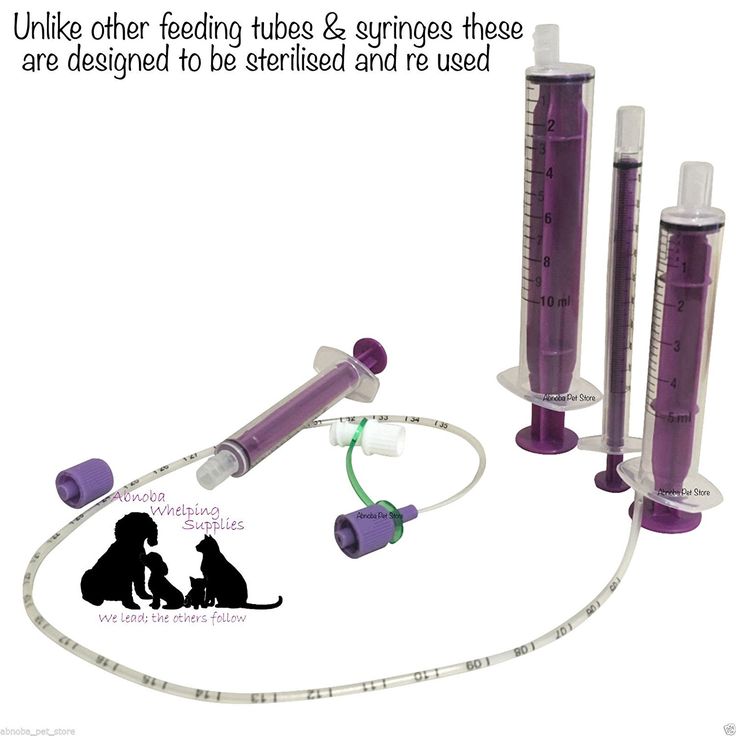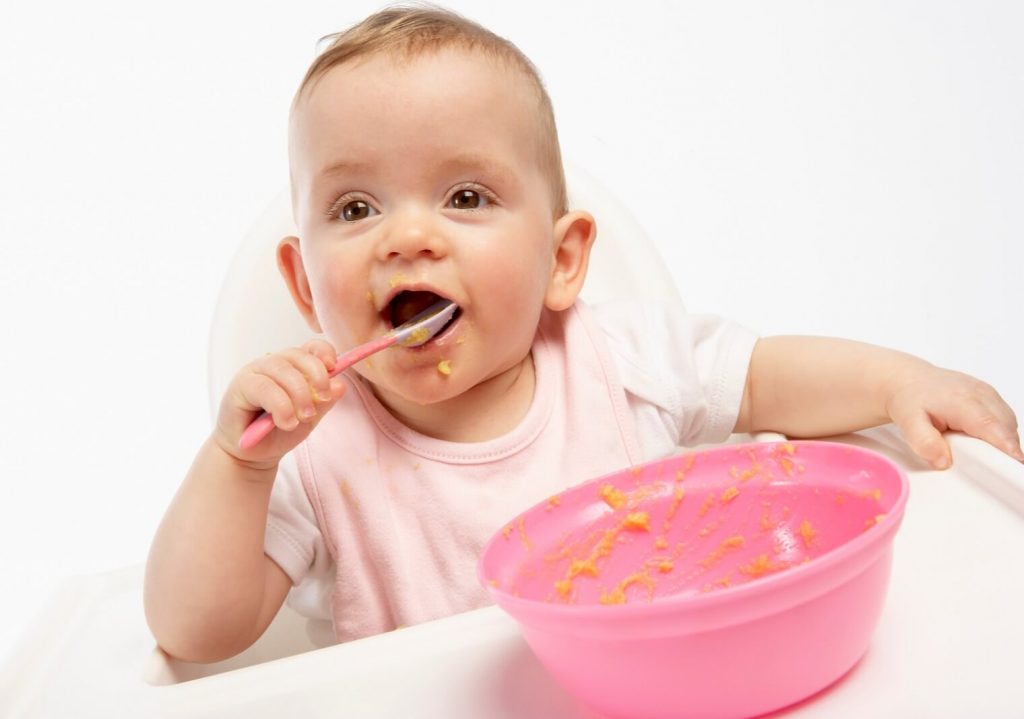Baby feeding tube syringe
Gastrostomy Feeding by Syringe | Treatments & Procedures
Because your child cannot eat by mouth or requires more calories to grow, you will give your child's feeding through a gastrostomy tube that is placed into your child's stomach.
A gastrostomy tube is commonly called a "g-tube." These instructions will help you feed your child through this tube.
Supplies
- EnFit syringe (35 ml or 60 ml)
- Formula
- Measuring cup
- Extension set if desired, Bolus extension set for g-tube buttons
Procedure
- Explain the procedure to the child.
- Wash your hands with soap and water.
- Gather all the supplies.
- Pour the correct amount of formula into a clean measuring cup or clean baby bottle.
- Place the child in a comfortable position. If possible, place the child in a high chair at the table during meal times.
- Insert the syringe tip into the feeding tube or bolus extension set for the MIC-KEY or Bard button.
- Flush tubing with 3-5 ml of water or as directed by your nurse or doctor prior to starting the formula feeding.
- Slowly pour the formula into the syringe.
- Unclamp the feeding tube. Control the feeding rate by raising or lowering the syringe. The feeding should take about the same amount of time as it would take a child to drink the formula, about 15-20 minutes. Disconnect the feeding if the child becomes nauseated, shows signs of discomfort, abdominal distension, vomiting or trouble breathing.
- If the child cannot be fed by mouth, provide oral stimulation with a pacifier during the gastrostomy feeding. Discuss oral stimulation suggestions for your older child with your child's doctor, nurse or occupational therapist.
- When all the formula has been given, flush the tubing with water as directed by your doctor or nurse, recap the tube or disconnect all tubing and close the cap on the g-tube button.
- Try burping the child after each feeding if appropriate.

- Rinse the feeding supplies with warm water after each feeding and allow to air dry. Replace syringes and extension sets every two weeks.
If the Formula Backs Up
- Change the position of the tubing to slow the rate
- Chang the child's position
- Flushing the feeding tube with 3-5 ml tap water
Safety Tips
- Remember to flush the feeding tube with water between all feeding and medicines.
- Watch the child for feeding problems: nausea, vomiting, discomfort, distension, or change in stool pattern.
- Call your doctor or nurse with any feeding concerns.
Last Updated 05/2022
Reviewed By Kim Sobel, RN
Use our online contact form. Or, for more information about the Division of Gastroenterology, Hepatology and Nutrition call 513-636-4415. More Information
Your Child's Nasogastric Tube: Syringe Feeding
Your child is going home with a nasogastric (NG) feeding tube in place.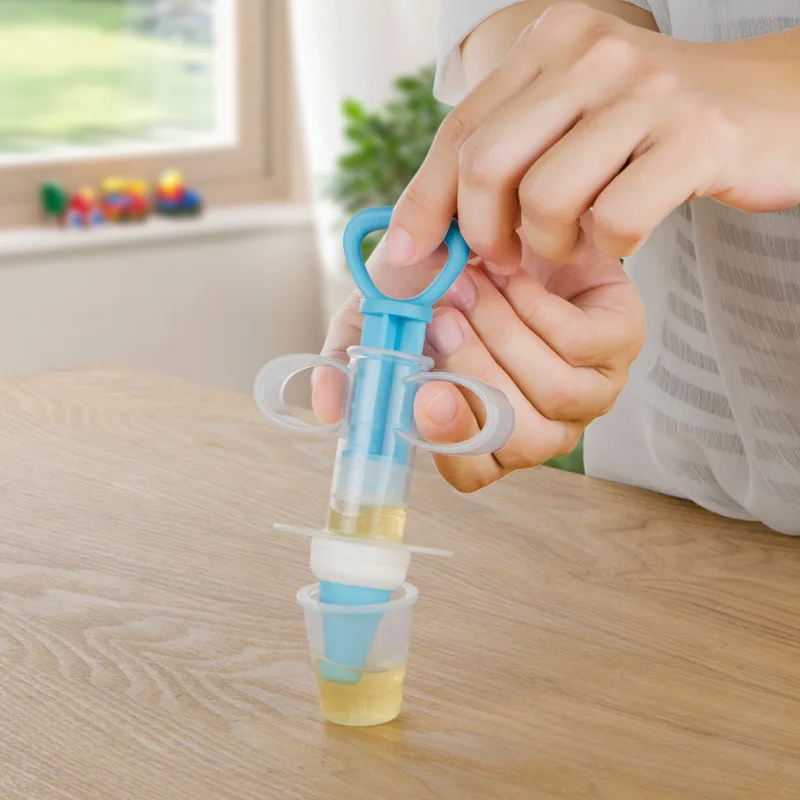 This is a soft thin tube inserted through your child’s nose down into the stomach. It sends liquid food directly to the stomach. You’ll need to feed your child through this tube. You were shown how to do this before your child was discharged from the hospital. This sheet will help you remember those steps at home. If you need more help, talk with the hospital about how to arrange a home health nurse to help you.
This is a soft thin tube inserted through your child’s nose down into the stomach. It sends liquid food directly to the stomach. You’ll need to feed your child through this tube. You were shown how to do this before your child was discharged from the hospital. This sheet will help you remember those steps at home. If you need more help, talk with the hospital about how to arrange a home health nurse to help you.
Keep in mind that there are many types of NG tubes and syringes. Your child’s NG tube and supplies may look or work differently from what are described and shown here. Make sure to follow the instructions given by your child’s healthcare provider or home health nurse.
Contact information to keep handy
Ask for phone numbers to call if you need help. Also, make sure you have the phone number for your child’s medical supply company. You’ll need to order more supplies for your child in the future. Write all of these phone numbers below.
Healthcare provider phone number: ____________________________________
Home health nurse phone number: _____________________________________
Medical supply company phone number: __________________________________
Types of feeding
There are 2 types of feeding with an NG tube. Your child may be have one or both types of feeding. They are:
Your child may be have one or both types of feeding. They are:
Continuous feeding. Liquid food is dripped slowly through the tube for part or all of a day. This type of feeding is only done using a pump. The amount of food to be given and time frame are often set on the pump for you. Do not change pump settings unless you’re instructed to do so.
Bolus feeding. This is a meal-sized amount of liquid food given through the tube several times a day. Bolus feeding is given using a syringe or a pump. Your child’s healthcare provider or home health nurse will tell you how much liquid food to use for each feeding. You’ll also be told how often to feed your child.
For bolus feeding, fill in the numbers below:
Feed your child on this schedule: ____________________________________________
Give this much at each feeding: ______________________________________________
Checking placement of the tube before feeding
Every time you feed your child, you’ll need to make sure the NG tube is in the proper place.![]() The end of the tube must be in your child’s stomach, not in the lungs or throat. To check if the tube is in place, you will draw some liquid from the stomach and test it. Perform this check before each feeding.
The end of the tube must be in your child’s stomach, not in the lungs or throat. To check if the tube is in place, you will draw some liquid from the stomach and test it. Perform this check before each feeding.
The supplies you’ll need are:
Syringe
pH testing strips
Follow these steps:
Wash your hands with soap and water.
Attach the syringe to the end of the NG tube. Make sure the other port of the tube is closed off.
Pull back on the plunger of the syringe until you see liquid from the stomach in the syringe.
Look at the color of the fluid. It should look clear or light yellow.
Check the pH of the liquid from the stomach using pH paper. Stomach (gastric) pH should be 1 to 4 if your child is not taking a proton pump inhibitor or h3 receptor antagonist.
If you are not sure the tube is in the stomach, don’t proceed with the feeding. Re-insert or gently the NG tube as you were instructed at the hospital.
 Repeat the above steps to check for correct placement.
Repeat the above steps to check for correct placement. Remove the syringe from the feeding tube.
Tape the tube securely in place along your child’s nose or cheek as you were shown in the hospital.
Wash the syringe out with soap and water and allow to dry.
Proceed with feeding as instructed.
|
|
|
|
|
Feeding your child
After checking placement of the tube, feed your child the amounts on the schedule as noted above.
The supplies you’ll need are:
Liquid food
Feeding syringe
Follow these steps:
Wash your hands with soap and water.
Check the label and expiration date of the liquid food. Don’t use any can or bag of food if the expiration date has passed. Instead, get a new can or bag of food.

Open the feeding port cap at the end of the NG tube.
Pull the plunger out of the feeding syringe.
Connect the feeding syringe to the feeding port of the NG tube.
Gently bend or pinch the tube with 1 hand. Keep bending or pinching the tube as you slowly pour the food into the feeding syringe with your other hand. This keeps the food from flowing through the tube until you have finished measuring it.
Fill the feeding syringe only to the amount that was prescribed by your child’s healthcare provider.
Release the hand that is bending or pinching the tube.
Hold the feeding syringe straight up. This allows the food to run through the tube by gravity. Adjust the angle of the feeding syringe to control the flow rate of the food.
If the food flows too slowly or doesn’t flow at all, place the plunger in the syringe.
 Gently push the plunger a bit. This can help remove anything that is blocking or clogging the tube. Do not push the plunger all the way into the syringe or with force.
Gently push the plunger a bit. This can help remove anything that is blocking or clogging the tube. Do not push the plunger all the way into the syringe or with force.Refill the feeding syringe with food, if needed. Repeat steps until your child has had the prescribed amount of food.
After the feeding, flush the tube with water as you were shown in the hospital.
Disconnect the feeding syringe.
Close the feeding port cap of the tube.
Additional instructions: _____________________________________________________________
________________________________________________________________________________
________________________________________________________________________________
________________________________________________________________________________
When to call the healthcare provider
Contact the healthcare provider right away if any of the following occurs:
You’re not able to place the tube.

Your child has trouble breathing.
The skin around the tube site has redness, swelling, leaking fluid, or sores.
You see blood around the tube, in your child’s stool, or in the contents of the stomach.
Your child coughs, chokes, or vomits while feeding.
Your child’s belly looks bloated or feels hard when gently pressed.
Your child has diarrhea or constipation.
Your child has a fever 100.4°F (38°C) or higher.
Your child's gastric or gastrojejunal tube: syringe feeding
Your child has been discharged from the hospital to go home with a gastric tube (GZ) or gastrojejunal tube (GZU) for feeding. GZ goes to the stomach through the wall of the abdomen (abdominal wall). Through this tube, liquid food enters directly into the stomach. This information leaflet will help you feed your baby by gravity through a syringe in the HC.
GEZ is placed in the stomach through the abdominal wall and leads to a part of the small intestine called the jejunum. Through it, liquid food enters directly into the jejunum. The tube will have a capped opening (inlet) to send liquid food, liquids, and drugs to the stomach (GI) and another inlet that goes to the jejunum (JI). If your baby needs to feed directly into the jejunum through the E3 inlet, you will be shown how to feed him or her with a pump. Follow exactly your child's healthcare team's instructions for pump feeding in E3.
We draw your attention to the fact that there are many types of GZ and GZ, syringes and food items. Your child's probe and items needed may differ from those listed and described here. Some types of probe have a special connector that allows you to attach or insert a syringe into the HZ or HZ. Other types have a screw-on safety connector. A screw-on connector means that you must use a specific type of syringe that screws into your child's HZ or HZ. Follow your pediatrician's or home health nurse's instructions.
Follow your pediatrician's or home health nurse's instructions.
Note
Ensure that the probe does not pose a choking hazard to your child. Follow your healthcare professional's instructions on how to securely attach the probe.
Contact information to always have at hand
Ask your child's care team for phone numbers to call if you need help. You must also have the phone number of the medical supply company. You may need additional items to care for your child in the future. Write down all these phone numbers below:
Attending physician: _________________________________
Home Care Nurse: ______________________________________
Medical supply company: __________________________________
Metered feeding
Metered feeding is the amount of liquid food given in one meal by tube several times a day. Metered feeding is carried out through a syringe at GZ leading to the stomach. Your child's doctor or home health nurse will tell you how much liquid food to use at each feed. You will also be told how often to feed your baby.
Your child's doctor or home health nurse will tell you how much liquid food to use at each feed. You will also be told how often to feed your baby.
For dosed feeding, fill in the blanks below:
Feed your baby on the following schedule: ____________________________________________
At each feeding, give the following amount of food: ______________________________________________
Gravity feeding
You will need:
Follow these steps:
-
Wash hands with soap and clean running water.
-
Check liquid food label and expiration date. Do not use a nutrition jar or sachet if it has passed its expiration date. Instead, take a new jar or sachet of nutrition.
-
Open the cap of the power port on the GB or GEZ.

-
Connect the extension tube to the GM or GE supply port.
-
Not all probes have clips. If the probe has a clip, make sure it is closed.
-
Remove the plunger from the feeding syringe.
-
Connect the feeding syringe to the other end of the extension tube.
-
Pour liquid nutrition into the feeding syringe. Fill the syringe exactly as prescribed by your child's doctor.
-
Open the clamp on the extension tube.
-
Hold the feeding syringe straight. This allows power to flow through the GEZ or GEZ under the force of gravity. Vary the angle of the feeding syringe to control the rate of feeding flow.

-
If the feed flows slowly or does not flow at all, place the plunger in the syringe. Gently push down on the piston. This will help prevent clogging or clogging of the NGZ. Do not press the syringe plunger all the way or with force.
-
Refill the syringe with nutrition if necessary. Repeat these steps until the child receives the prescribed amount of food.
-
After feeding, rinse the tube with water as instructed in the hospital.
-
Disconnect the syringe from the extension tube.
-
Disconnect the extension tube from the GZ or GZ.
-
Close the cap on the power port on the GB or GEZ.
Additional instructions: _______________________________________________
_________________________________________________________________________
_________________________________________________________________________
_________________________________________________________________________
When to contact your doctor
Call your doctor immediately if you experience the following symptoms:
-
You see blood around the tube, in the child's stool, or in the contents of his or her stomach.
 Depending on the volume of blood, you can be told call 911 .
Depending on the volume of blood, you can be told call 911 . -
The handset is held too loose or is falling out.
-
The hole through which the tube comes out from under the skin has become larger.
-
Red, rough tissue forms around the exit of the tube from under the skin.
-
The probe is clogged or clogged and cannot be cleaned.
-
Redness, swelling, discharge or sores on the skin around the probe.
-
While feeding, the baby coughs, chokes, or vomits.
-
The child's abdomen looks swollen or hard to the touch.
-
Your child has diarrhea or constipation.
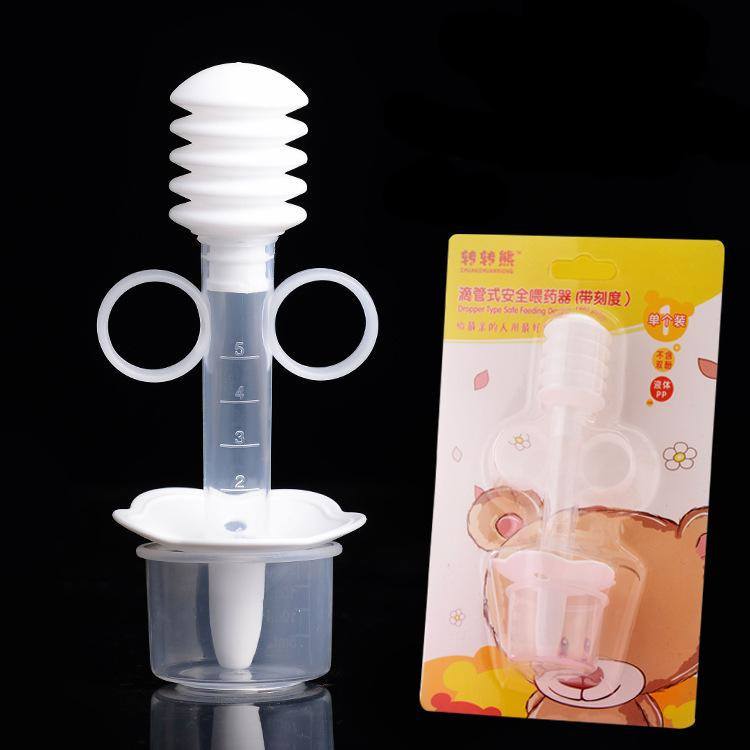
-
Your child has a temperature of 40°C (100.4°F) or more, regardless of the child's age or as directed by a healthcare professional.
Call 911
Call 911 for the following:
© 2000-2022 The StayWell Company, LLC. All rights reserved. This information is not intended as a substitute for professional medical care. Always follow your healthcare professional's instructions.
Was this helpful?
Yes no
Tell us more.
Check all that apply.
Wrong topic—not what I was looking for.
It was hard to understand.
It didn't answer any of my questions.
I still don't know what to do next.
other.
NEXT ▶
Last question: How confident are you filling out medical forms by yourself?
Not at all A little Somewhat Quite a bit Extremely
Gastrostomy feeding. To help parents - Pro Palliative
PRO PALLIATIV uses cookies for statistics and analytics to make this website as user-friendly as possible. By staying on the site, you confirm your consent to the use of cookies.
Based on a video from the SMA Families foundation, this article explains the types of gastrostomes, how to care for them, and how to feed a child with SMA through a gastrostomy.
Who needs a gastrostomy?
Gastrostomy is usually placed if the child eats very little, and one feeding takes an hour and a half, and 5-6 meals are needed per day. As a result, such children do not grow, do not develop, and in order to avoid such a scenario, they need special devices for nutrition - a gastrostomy or a nasogastric tube.
A gastrostomy is also needed for a child with a swallowing problem if the problem continues for more than four to eight weeks, as placing the tube for such a long period can cause additional problems for a patient with a swallowing problem.
Gastrostomy is needed for children with SMA, as well as children after serious injuries, with organic damage to the central nervous system, or with impaired patency of the esophagus.
Why can't the probe stand for more than two months?
Prolonged use of a nasogastric tube can lead to various complications: bedsores, infections of the paranasal sinuses, eye, ear from the side of the probe, reflux of stomach contents into the esophagus, mouth and lungs due to a partially open esophageal-gastric opening, aspiration pneumonia. In addition, a rigid probe can permanently injure the mucosa and even cause erosive-ulcerative changes or gastric bleeding in the patient.
What is a gastrostomy
A gastrostomy is an opening in the abdominal cavity through which a special tube is inserted: it connects the outer surface of the abdominal wall and the inner surface of the stomach. Through this device, the child can receive food and water in the right amount and not experience any problems with nutrition and the presence of fluid in the body.
Nutrition for spinal muscular atrophy: leaflet excerpt Evaluation of nutrition in children with SMA, considerations for tube feeding, formula selection
Types of gastrostomy
There are two types of gastrostomy: bumper and used allon . They differ in devices that are inside the stomach of a child: if it is a balloon gastrostomy, then in the stomach there is a balloon, if it is a bumper one, then a bumper that does not deflate or swell. A balloon gastrostomy is usually installed for six months, a bumper gastrostomy for a longer period.
Both devices are very gentle, they do not injure the child's gastric mucosa.
The gastrostomy has one advantage: it can be changed at home without anesthesia. Therefore, if the child's disease progresses, and parents think about how he will withstand anesthesia next time, then it is better to put a balloon.
Balloon Gastrostomy
The Bumper Gastrostomy also has its advantages. It is installed if there is hope for an improvement in the child's condition - a bumper gastrostomy can be placed for one and a half to two years.
Doctor Natalia Savva demonstrates a bumper gastrostomy
In any case, the choice of gastrostomy type should be made together with the doctor, taking into account the child's condition.
Gastrostomy also differ in length. Some have a long "tail", others do not and are called " low profile ". For feeding, a special "tail" - a tube - is attached to the low-profile gastrostomy.
Gastrostomy feeding
Proper gastrostomy feeding requires:
- boiled water,
- special food/porridge/milk formula,
- two syringes (for food and for water).
All of these items must be clean, prepared in advance and placed on a diaper or towel.
All nutrition must pass through the gastrostomy tube.
You need to open the gastrostomy tube and insert a syringe into it. If it is Janet's syringe, then you insert it into the wide part of the gastrostomy tube.
Syringe Janet
A Luer-type syringe is used for drugs or liquid, but the volume of the syringe must be at least 10 ml, otherwise the gastrostomy may be damaged.
Luer Syringe
If the food being filled into the syringe has a thick consistency, a syringe with a wide nose and a wide opening on the gastrostomy tube is used.
Place the baby horizontally before feeding. Before starting to feed, it is necessary, by opening the tube itself, to check how much food is left in the stomach after the last feeding. And, if there is air, then let it out. If everything is done correctly, then the tube will contain either clear, yellowish, gastric juice, or nothing at all if the child has digested everything.
Then rinse the gastrostomy tube with 10 ml of water, draw up the puree or mixture into a syringe and inject it very slowly into the gastrostomy tube so that the child with SMA has time to digest it. The minimum feeding time is 15-20 minutes, otherwise reflux or belching may occur after eating. If necessary, you can enter food in 40 minutes, but in this case it is better to use special syringe pumps or pumps.
Important
Any insertion through the gastrostomy tube should be painless for the child and should not cause any discomfort.
After feeding, it is necessary to fill the syringe with boiled water at body temperature (36-37 degrees) - always check that the water is neither hot nor very cold. After that, air is released from the syringe, it is inserted into the gastrostomy tube, and flushing with the required volume of fluid begins.
The amount of fluid depends on the age of the child. If he is less than a year old, then 10-12 milliliters will suffice; if the baby is large and tolerates a sufficient amount of fluid, then up to 40 milliliters can be administered after feeding.
Spinal muscular atrophy (SMA): what is it? SMA is a rare genetic disease requiring the involvement of palliative care professionals. What degrees of SMA are, what each characterizes, what equipment patients need - read in article
Flushing is needed in order, firstly, to clean the tube itself, and secondly, so that a food plug does not form inside, from the side of the stomach: then the device will always be passable and will not clog. Rinsing should also be done slowly. After that, the gastrostomy tube is closed and wiped with a clean cloth moistened with boiled water.
We talked about the care of the gastrostomy in detail in the video instructions.
If the device has an extension set, the feeding procedure changes slightly. First you need to fill the tube itself with water so that there is no air in it and air does not enter the stomach. The water-filled tube is then inserted into the gastrostomy tube. Then food is introduced very slowly (at least 20 minutes). After the end of feeding, you need to click everything again, disconnect the syringe and close the gastrostomy. Then the extension tube is washed with a small amount of water (10-20 milliliters). After that, you can close the tube and disconnect, and close the gastrostomy itself.
What can not be done when feeding through a gastrostomy?
Do not use inhomogeneous formulas for feeding through the gastrostomy tube. Sometimes parents try to grind something on a blender - meat, potatoes, vegetables - and feed the child. But if it is an inhomogeneous mixture that does not have the desired consistency, it may clog the tube and have to be changed. If there is a balloon tube, then replacing it is quite simple, and the bumper tube will have to be changed in a hospital under anesthesia.
If there is a balloon tube, then replacing it is quite simple, and the bumper tube will have to be changed in a hospital under anesthesia.
Important
Do not fill the balloon with various liquids that contain salts, medicines, do not fill it with air, because the balloon will deflate too quickly. You should use boiled or distilled purified water that is practically free of impurities and foreign matter.
How to give medicine through a gastrostomy?
If medicine is to be given to a child, it must be in liquid form. There are special preparations intended for administration through a gastrostomy tube - solutions, syrups, suspensions. If this form is not available, crush the tablet and inject it through the tube, making sure that this mixture of tablet and water does not clog the tube.
By the way, you can read about how parents can get medicines for their child free of charge here. Anna Povalikhina, legal adviser of the Vera Foundation, tells.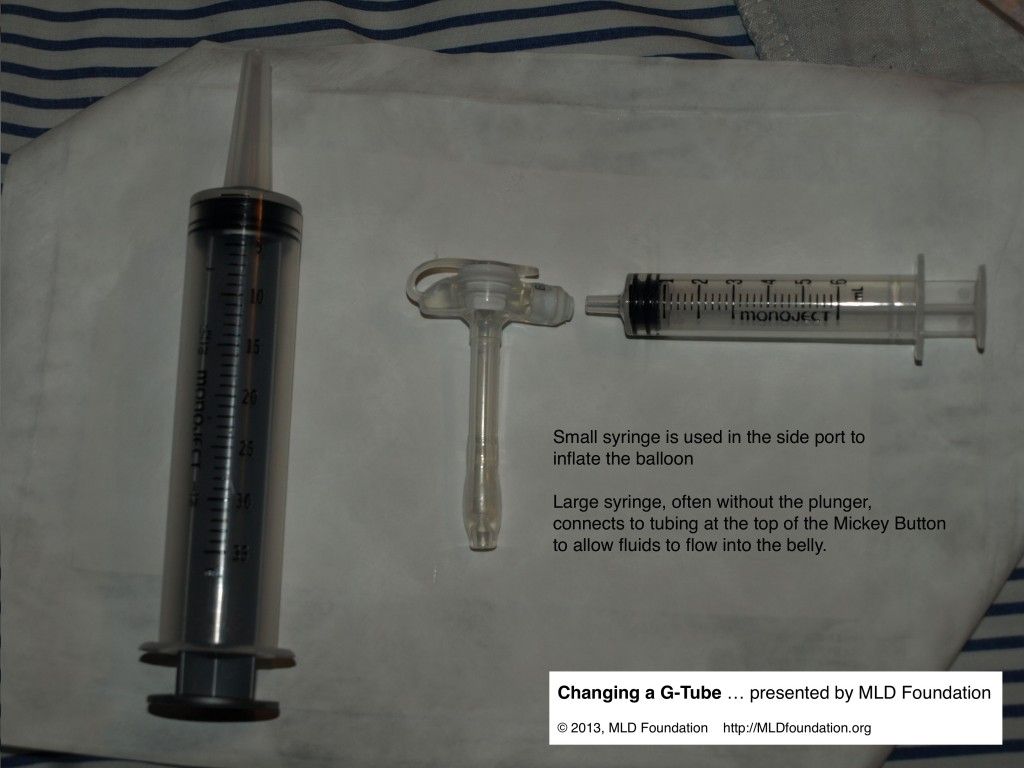
There are drugs that are contained in a capsule in the form of granules, these granules can settle on the wall of the tube and clog it. Such medicines should not be used. If you still used them, and a blockage occurred, then you should try to rinse the tube with boiled water, but in no case pick out the granules and do not try to break through the formed cork with some sharp object.
The article was prepared on the basis of a video clip by a pediatrician, Ph.D. chief doctor of the children's hospice "House with a lighthouse" Natalya Nikolaevna Savva "Feeding through a gastrostomy. Helping parents."
The full version can be found here.
https://pro-palliativ.ru/blog/chto-takoe-gastrostoma-i-kak-ee-ispolzovat/
Share
Copy link
Copy link
Recommended materials
Call 24/7 and free of charge if:
· you don't know how to help your seriously ill loved one,
· you want to know how to care for your loved one at home,
· you are confused, lost and need psychological support.